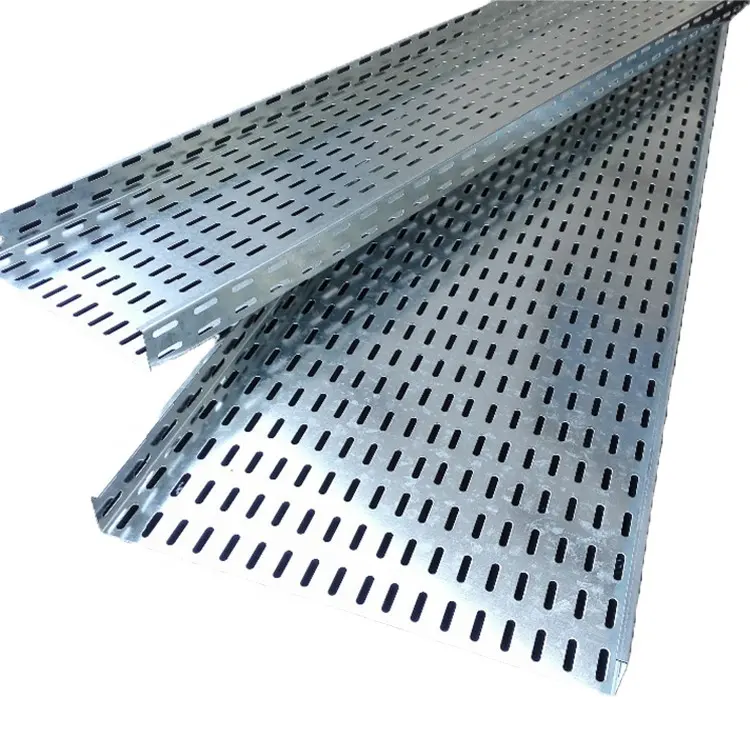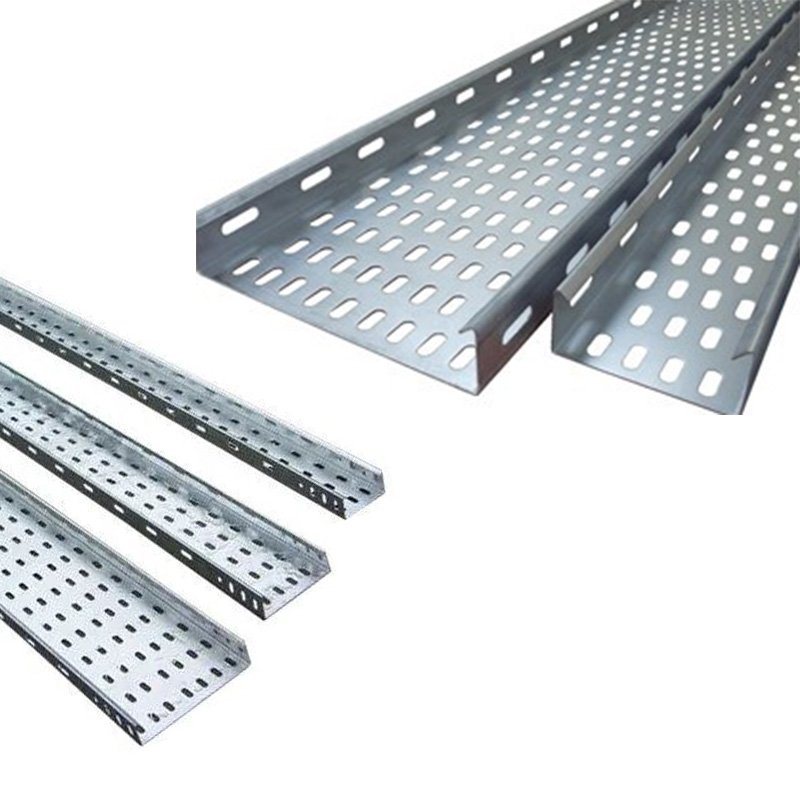In the era of rapid technological advancements, efficient cable management has become an indispensable aspect of facility operations. From data centers and industrial plants to commercial buildings and telecommunications infrastructure, proper cable management plays a pivotal role in ensuring safety, performance, and aesthetics. Among various cable management solutions available, network cable trays have emerged as a preferred choice due to their numerous benefits. In this comprehensive article, we will delve deeper into the compelling reasons why you should consider using network cable trays for your facility, exploring their profound impact on various aspects of facility management.
1. Structured Cable Organization and Enhanced Accessibility:
Network cable trays provide a systematic and organized approach to cable management, enabling easy identification, access, and maintenance of cables. By elevating cables off the floor and arranging them neatly within the tray, technicians can quickly locate and troubleshoot issues without having to navigate through tangled or disorganized cable bundles. This streamlined organization also facilitates future expansion or modification of the cable infrastructure, reducing downtime and associated costs while improving overall efficiency.

2. Heightened Safety Measures and Regulatory Compliance:
Proper cable management is paramount for ensuring the safety of personnel and equipment within any facility. Network cable trays significantly reduce the risk of accidents, trips, and falls by eliminating cluttered and hazardous cable arrangements. Moreover, these trays can be designed with fire-resistant materials and grounded properly to minimize the risk of electrical hazards, ensuring compliance with industry standards, regulations, and best practices. By prioritizing safety and regulatory compliance, network cable trays contribute to a safer work environment and protect facilities from potential legal liabilities.
3. Robust Cable Protection and Extended Lifespan:
Network cable trays offer unparalleled protection for cables against physical damage, dust, and environmental factors such as moisture, temperature fluctuations, and chemical exposure. By elevating cables within the tray and providing a barrier against external elements, network cable trays extend the lifespan of cables and reduce the need for frequent replacements. This increased durability translates into minimized maintenance costs and improved operational efficiency.
4. Unmatched Flexibility and Adaptability:
Network cable trays are highly versatile and can be customized to suit the unique needs of any facility. They come in a wide range of sizes, shapes, and configurations, including ladder-type trays, wire mesh trays, and solid bottom trays. This flexibility allows for seamless adaptation to different architectural designs, space constraints, and cable routing requirements. Furthermore, network cable trays can be easily modified or expanded as facility needs evolve, reducing the need for costly retrofits or upgrades and ensuring that the cable infrastructure remains adaptable and scalable.
5. Long-Term Cost Savings and Return on Investment:
While network cable trays may require an initial investment, they offer substantial long-term cost savings due to their durability, low maintenance requirements, and enhanced efficiency. By providing a structured and organized cable management system, network cable trays reduce the likelihood of cable damage, downtime, and repair costs. Additionally, their modular design enables easy expansion and modification, further minimizing expenses associated with facility upgrades. As a result, network cable trays deliver a strong return on investment over their extended lifespan.
6. Aesthetically Pleasing and Professional Appearance:
Network cable trays contribute to a cleaner, more professional appearance within facilities by concealing cables and promoting a well-organized environment. They can be powder-coated or painted to match the color scheme of the surrounding area, creating a cohesive and visually appealing look. Furthermore, network cable trays can be installed above ceilings or below floors, allowing them to be hidden from view while still providing efficient cable management. By enhancing the visual appeal of the facility, network cable trays contribute to a positive work environment and reinforce the facility’s reputation.
7. Optimized Airflow and Thermal Management:
Proper cable management is crucial for maintaining optimal temperatures in data centers and other high-density cable environments. Network cable trays facilitate better airflow around cables, reducing heat buildup and the risk of equipment failure due to overheating. By promoting efficient cooling, network cable trays help ensure the reliability and longevity of electronic systems, minimizing downtime and related costs while optimizing energy efficiency.
8. Streamlined Maintenance and Expansion Procedures:
Network cable trays simplify maintenance and expansion tasks, enabling technicians to access and modify cables within the tray without disrupting the entire system. This ease of access reduces response times and minimizes downtime, ensuring that facility operations remain uninterrupted. Moreover, network cable trays can be designed with removable covers or hinged sections, further facilitating access and maintenance operations while enhancing overall efficiency.
9. Seamless Integration with Cable Management Accessories:
Network cable trays are compatible with a vast array of cable management accessories, such as cable ties, J-hooks, and cable supports. These accessories help secure cables within the tray, preventing slippage and maintaining a tidy appearance. By integrating cable management accessories, network cable trays enable even greater control and customization of the cable infrastructure, ensuring that it remains organized, accessible, and safe.

10. Sustainable and Recyclable Materials:
Many network cable trays are made from eco-friendly and recyclable materials, contributing to a more sustainable approach to cable management. At the end of their lifespan, these trays can be recycled, reducing waste and minimizing the environmental impact. By choosing network cable trays made from sustainable materials, facilities can demonstrate their commitment to environmental responsibility and support sustainability initiatives, fostering a greener and more environmentally conscious workplace.
Conclusion:
Network cable trays offer an extensive array of advantages for cable management in any facility, encompassing improved organization and accessibility, heightened safety measures, robust cable protection, unmatched flexibility, long-term cost savings, aesthetic enhancement, optimized airflow, streamlined maintenance, seamless integration with cable management accessories, and sustainable materials. By embracing network cable trays in your facility, you can optimize cable infrastructure, minimize risks and costs, and support the growth and success of your operations. With careful planning and installation, network cable trays can provide reliable and efficient cable management for years to come, ensuring the continued performance and competitiveness of your facility in today’s fast-paced business environment. By investing in network cable trays, you are not only future-proofing your facility but also laying the foundation for a safer, more efficient, and sustainable workplace.

